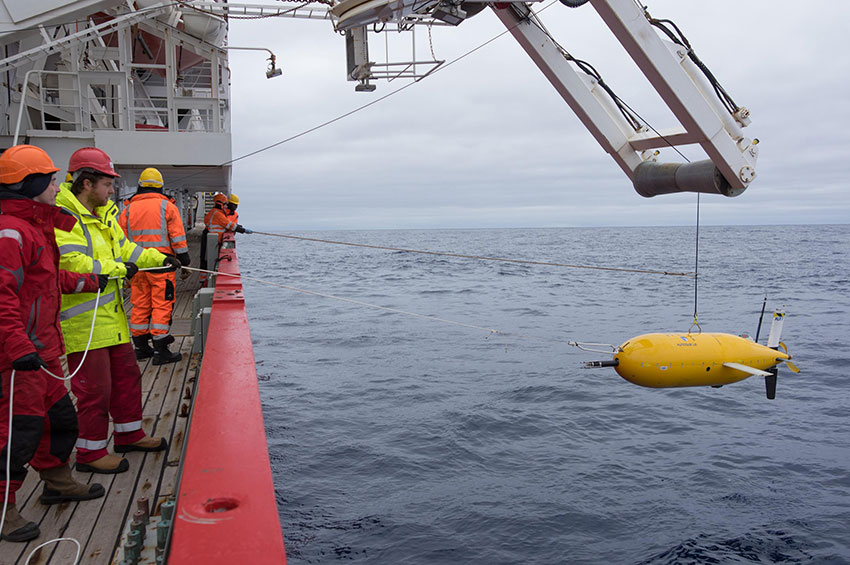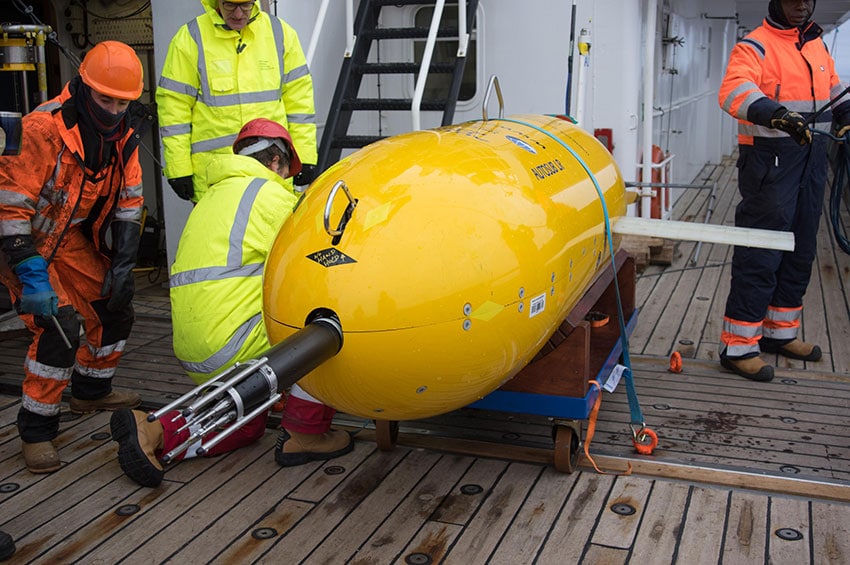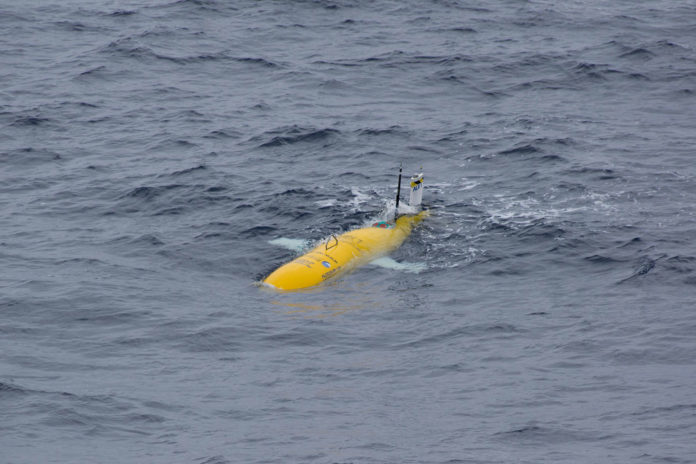The British research submarine, Boaty McBoatface has made an vital climate change discovery in Antarctica on its very first mission. The submarine was famously named through a viral Internet poll which was initially named as RRS Sir David Attenborough.
On its first mission, Boaty McBoatface has done some vital climate change research, uncovering the important connection between Antarctic winds to rising sea temperatures. According to the researchers, the data collected from the expedition will help climate scientists build more accurate predictions of the effects of climate change on rising sea levels.
During the three day mission, which took place in April 2017 studied the changing temperatures through the dark, cold, and mountainous water of the Southern Ocean. The autonomous underwater vehicle (UAV) traveled 180 kilometers (112 miles) and measured the temperature, salt content, and turbulence of the water at the bottom of the ocean.

Reaching depths of up to 4000 meters, Boaty successfully completed the hazardous route with the help of echo sounder to navigate. The UAV then returned to its pre-programmed recovery point where the research team recovered it and downloaded the data it had collected.
The data collected by Boaty, along with other measurements taken by the research vessel RRS James Clark Ross, revealed an unknown mechanism deep underwater that links antarctic winds with the rising temperature in the ocean.

For decades, due to the Antarctic hole in the ozone layer and rising greenhouse gas emissions, winds near the bottom of the world is getting stronger. The water on the ocean floor is much colder when compared to the water in the middle depth or the surface level of it, that makes the ocean denser. The turbulence detected by the Boaty causes more of the warmer water in the middle depth to mix with the colder water below. This transfers some of its heat and warming the water below it.
Also read: Using robots and AI to understand deep sea
The resulting warming of the water on the sea bed is a significant contributor to rising sea levels. However, the mechanism uncovered by Boaty is not built into current models for predicting the impact of increasing global temperatures on our oceans.
Professor Alberto Naveira Garabato from the University of Southampton who led the research said, “Our study is an important step in understanding how the climate change happening in the remote and inhospitable Antarctic waters will impact the warming of the oceans as a whole and future sea level rise.”
“The data from Boaty McBoatface gave us a completely new way of looking at the deep ocean—the path taken by Boaty created a spatial view of the turbulence near the seafloor,” added fellow team member Dr. Eleanor Frajka-Williams of the National Oceanography Centre.
The research is published in the Proceedings of the National Academy of Sciences.
